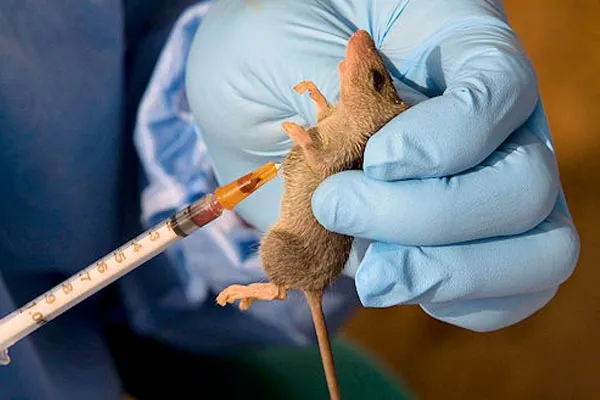
The Nigeria Centre for Disease Control and Prevention (NCDC) has reported a decline in confirmed Lassa fever cases for Epidemiological Week 3 of 2025. However, fatalities continue to be a concern, with 39 deaths recorded so far this year.
This information was disclosed in the latest Lassa Fever Situation Report published on Sunday on the NCDC’s official website. According to the report, confirmed cases decreased from 89 in Week 2 to 71 in Week 3. Infections were reported in Ondo, Edo, Bauchi, Taraba, Plateau, Ebonyi, Gombe, Nasarawa, Delta and Kogi states.
Despite the decline in weekly cases, the cumulative number of confirmed cases for 2025 has increased to 214, with an 18.2 percent Case Fatality Ratio (CFR), a slight decrease from the 20.4 percent recorded during the same period in 2024. The NCDC noted that 77 per cent of confirmed cases originated from three states: Ondo (38 per cent), Edo (22 per cent), and Bauchi (17 per cent).
The most affected age group is 21 to 30 years, with cases reported in individuals ranging from ages 3 to 94. No new infections among healthcare workers were reported this week.
The agency further revealed that 10 states and 43 local government areas (LGAs) have recorded at least one confirmed case this year, compared to 17 states and 54 LGAs in 2024.
To address the outbreak, the NCDC has activated a multi-sectoral incident management system and deployed national rapid response teams to affected areas. Key interventions include:
– Enhanced surveillance and contact tracing, with 109 contacts currently being monitored.
– Training of healthcare workers on case management in Bauchi, Ebonyi and Benue, with plans to extend this training to Plateau and Taraba.
– Distribution of medical supplies, including personal protective equipment (PPE), Ribavirin, body bags, and sanitisers to treatment centers.
– Community sensitisation efforts in Bauchi, Ebonyi and Edo states.
In collaboration with partners, the agency pledged to strengthen early detection, case management and risk communication across the country.
Public health experts have emphasised that increased awareness and improved healthcare preparedness are crucial to reducing the burden of Lassa fever in Nigeria. Authorities have urged the public to adopt preventive measures, such as proper food storage to prevent rodent infestation, good hygiene practices and seeking medical attention at designated treatment centres if symptoms arise.
Science Nigeria reports that Lassa fever is endemic in Nigeria, with outbreaks occurring almost annually. The disease was first identified in 1969 in Lassa, Borno State. Symptoms range from mild fever and joint pain to severe bleeding from the nose, mouth, and gastrointestinal tract. The disease can be fatal in about 20 percent of cases, particularly when treatment is delayed.
Across West Africa, hundreds of thousands are infected annually, experiencing symptoms such as fever, vomiting, and, in severe cases, bleeding. One of the most concerning complications is hearing loss, which affects about 25 percent of survivors. Although the estimated fatality rate is about one percent, mortality can rise significantly during outbreaks, particularly among pregnant women and healthcare workers.
Despite its significant health impact, Lassa fever remains one of the most neglected diseases, with limited resources allocated for its prevention and treatment. Currently, no licensed vaccines exist, although approximately 20 candidates are under development, with the most advanced in Phase IIa clinical trials.

